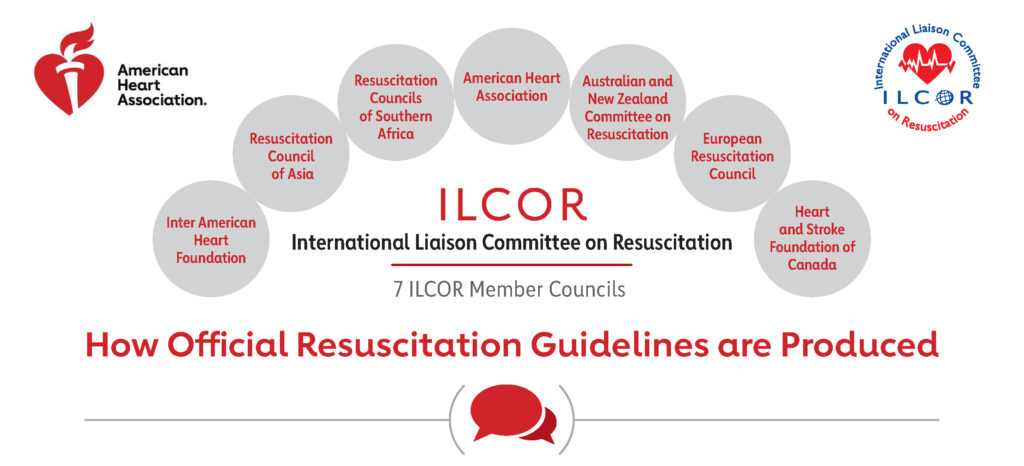 This blog entry is based on content from a podcast interview with Robert Neumar, MD, PhD, Professor and Chair of the Department of Emergency Medicine at the University of Michigan and Chair of the American Heart Association Emergency Cardiovascular Care Committee and AHA delegate to the International Liaison Committee on Resuscitation (ILCOR); Mark Link, MD, Professor of Medicine and the Director of Cardiac Electrophysiology in the UT Southwestern Department of Internal Medicine’s Division of Cardiology, and Karl Kern, MD, co-director and the Gordon A. Ewy, MD Distinguished Endowed Chair of Cardiovascular Medicine at the University of Arizona Sarver Heart Center, and professor of medicine at the UA College of Medicine – Tucson. Listen to the full podcast titled How AHA Creates the CPR Guidelines from the ILCOR CEE Process.
This blog entry is based on content from a podcast interview with Robert Neumar, MD, PhD, Professor and Chair of the Department of Emergency Medicine at the University of Michigan and Chair of the American Heart Association Emergency Cardiovascular Care Committee and AHA delegate to the International Liaison Committee on Resuscitation (ILCOR); Mark Link, MD, Professor of Medicine and the Director of Cardiac Electrophysiology in the UT Southwestern Department of Internal Medicine’s Division of Cardiology, and Karl Kern, MD, co-director and the Gordon A. Ewy, MD Distinguished Endowed Chair of Cardiovascular Medicine at the University of Arizona Sarver Heart Center, and professor of medicine at the UA College of Medicine – Tucson. Listen to the full podcast titled How AHA Creates the CPR Guidelines from the ILCOR CEE Process.
Dr. Karl Kern: Can you give us just a kind of an overview of how does the American Heart Association do this task of gathering the science and turning it into meaningful guidelines?
Dr. Mark Link: First I think it’s important to realize what the guidelines are. They’re written instructions for how to take care of people in cardiac arrest. These guidelines have been written by the AHA for a couple, if not three, decades. The documents include CPR, ACLS, Pediatric ACLS, and it’s a complex process of how they’re put together, using the latest science and they’re continually updated, and we’ll be going over that in our talk here about how we actually create these written documents and how they’re disseminated into the community.
Dr. Karl Kern: How do you find the science?
Dr. Bob Neumar: Sure. The science evaluation process really begins with ILCOR, which is the International Liaison Committee On Resuscitation, and this is a consortium of resuscitation councils similar to the American Heart Association across the world, that brings together the world’s experts in the field to evaluate the current science and then generate a consensus on science and then draft treatment recommendations using grave methodology that then is used by member councils to develop their guidelines.
Dr. Karl Kern: Who else is in there besides the Europeans and the U.S.?
Dr. Bob Neumar: The member councils include the European Resuscitation Council, the Inter-American Heart Foundation, which is in South America, ANZCOR, which is the Australia and New Zealand Resuscitation Council, Resuscitation Council of Asia, the Southern African Resuscitation Council. So a good representation across the world.
Dr. Karl Kern: So Mark, tell me how the American Heart takes this science review materials from ILCOR and actually then produces the American Heart Guidelines for CPR and resuscitation.
Dr. Mark Link: You wanna take back a little bit into history. It used to be that the AHA would do their own science review and then do the guidelines from their own science review.
It was realized that that wasn’t a great system for a number reasons. One is that, resuscitation science is the same all around the world. There are more and more councils being interested in this. So it was thought to develop one body that does the science and then the individuals councils, such as AHA, can take that science and turn that into guidelines that are really more specific for the council. And the AHA’s council, they AHA constituents are basically U.S. and Canada. There’s a writing group that is constituted by the AHA. They take the document from ILCOR, that has looked at the science about resuscitation and specific questions about resuscitation and they really write specific recommendations that are in understandable language so that EMSs, physicians, nurses, systems can actually use the AHA recommendations to guide how they take care of patients.
Dr. Karl Kern: And it sounds like that it’s possible, Bob, that different councils could actually have slightly different guidelines depending on their circumstances and abilities to put into practice the science that’s been reviewed.
Dr. Bob Neumar: Yeah, that’s exactly right. Obviously, the ultimate goal of ILCOR is for everyone who has a cardiac arrest or requires resuscitation across the world should have access to the same level of care. But the resources aren’t always available in every setting, so one of the advantages of the way the ILCOR Guidelines are written, which recommend for or against, and that’s a strong or weak recommendation, is the councils can use that recommendation based on science and apply it to the environment that they are practicing in and really tailor it to the resources that are available.
Views expressed in this podcast and on this blog do not necessarily reflect the official policy or position of the American Heart Association and American Stroke Association. For transcripts of this podcast and more information about resuscitation science, please visit CPR.heart.org or engage with us via social media using #ECCDigitalDigest.
